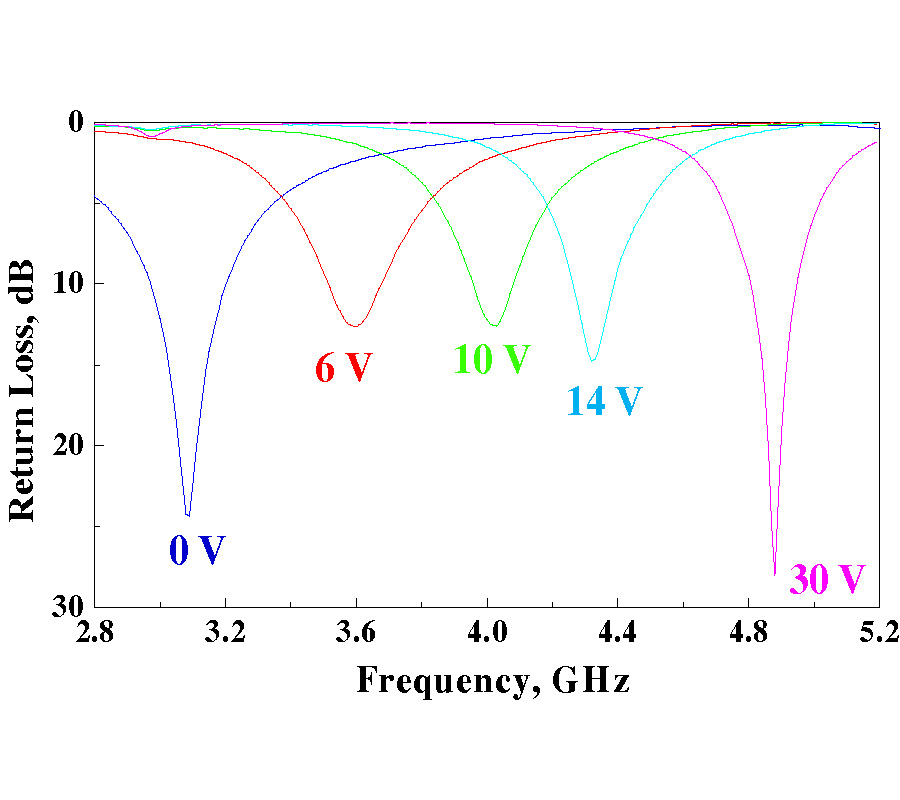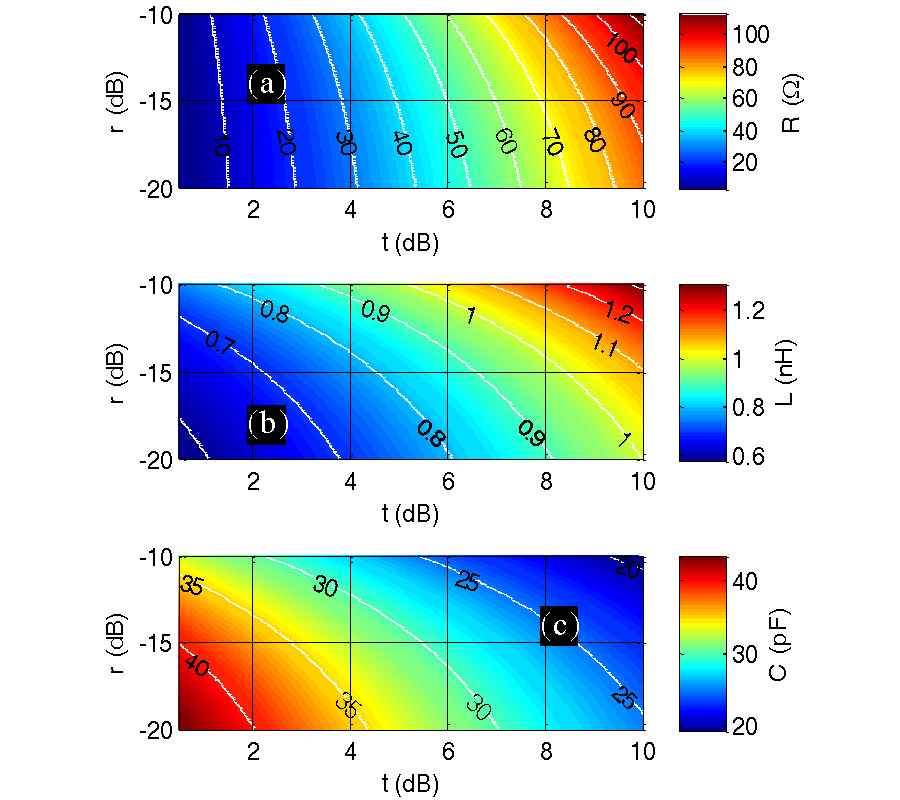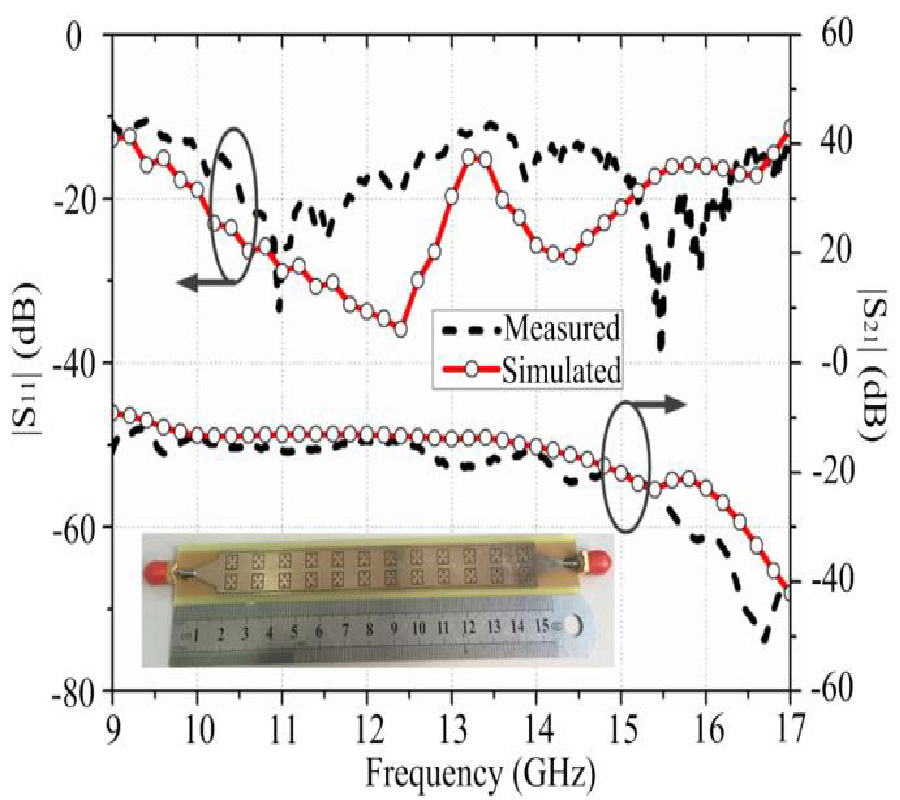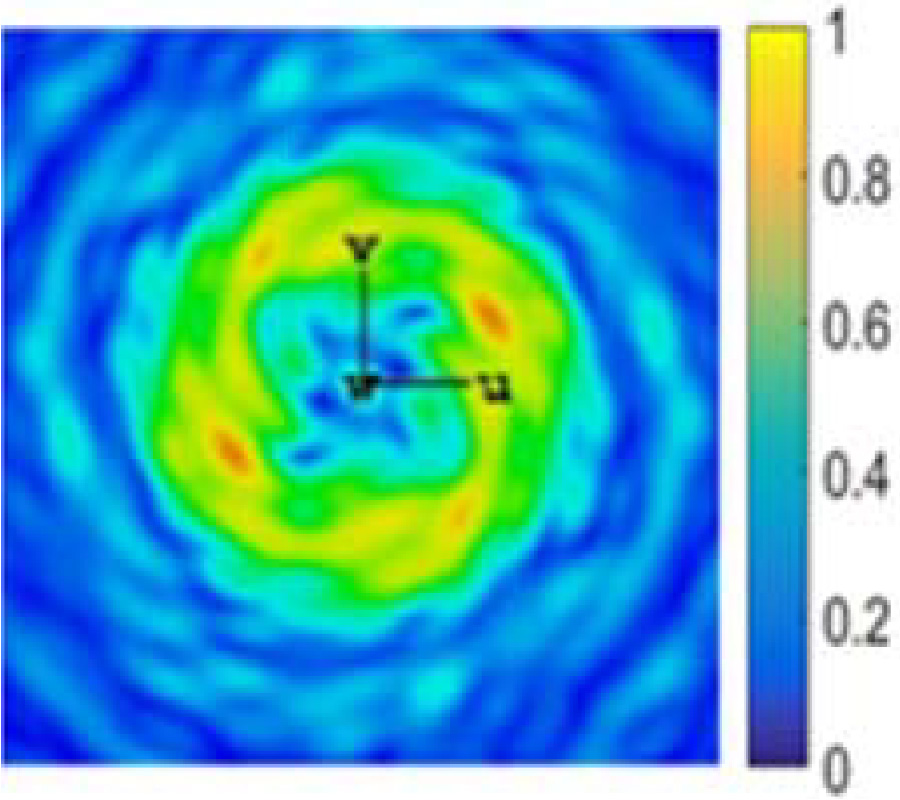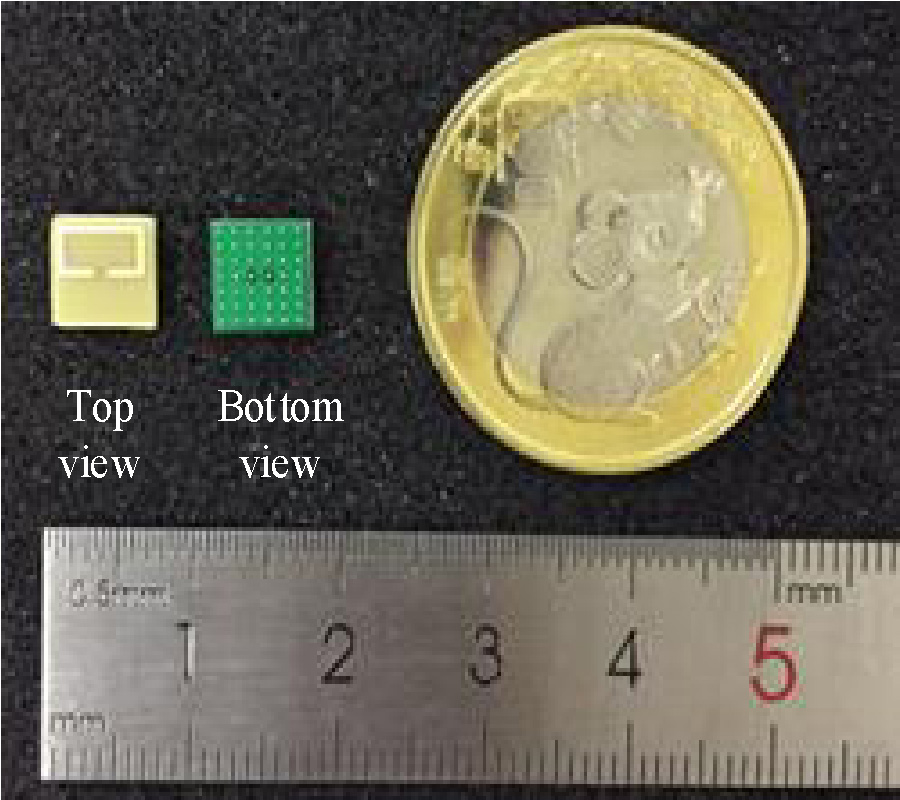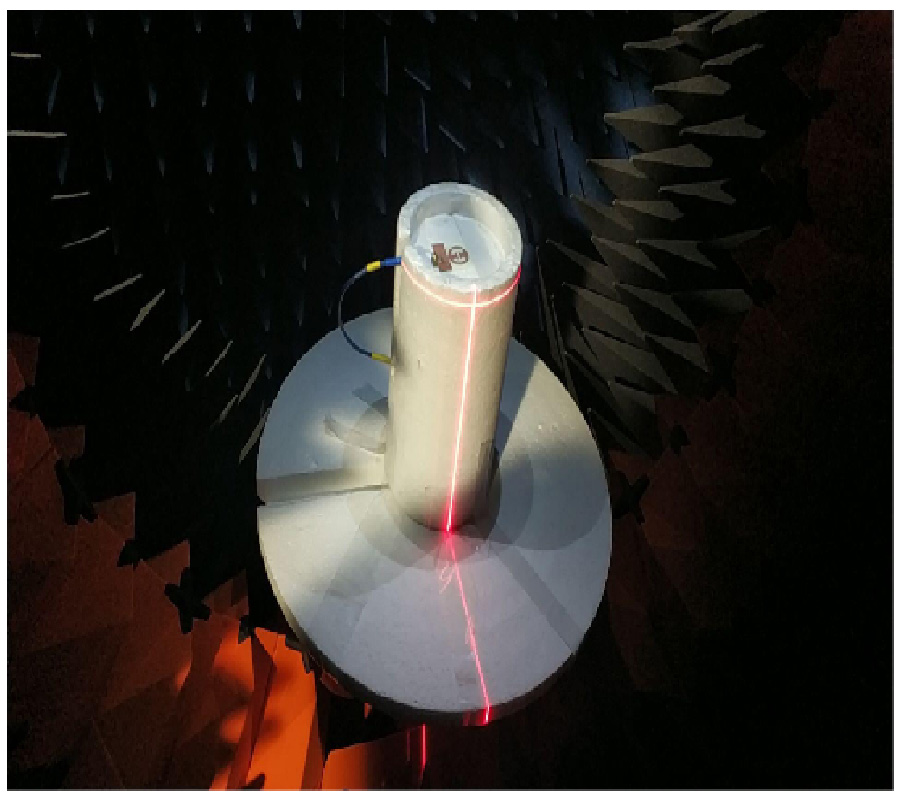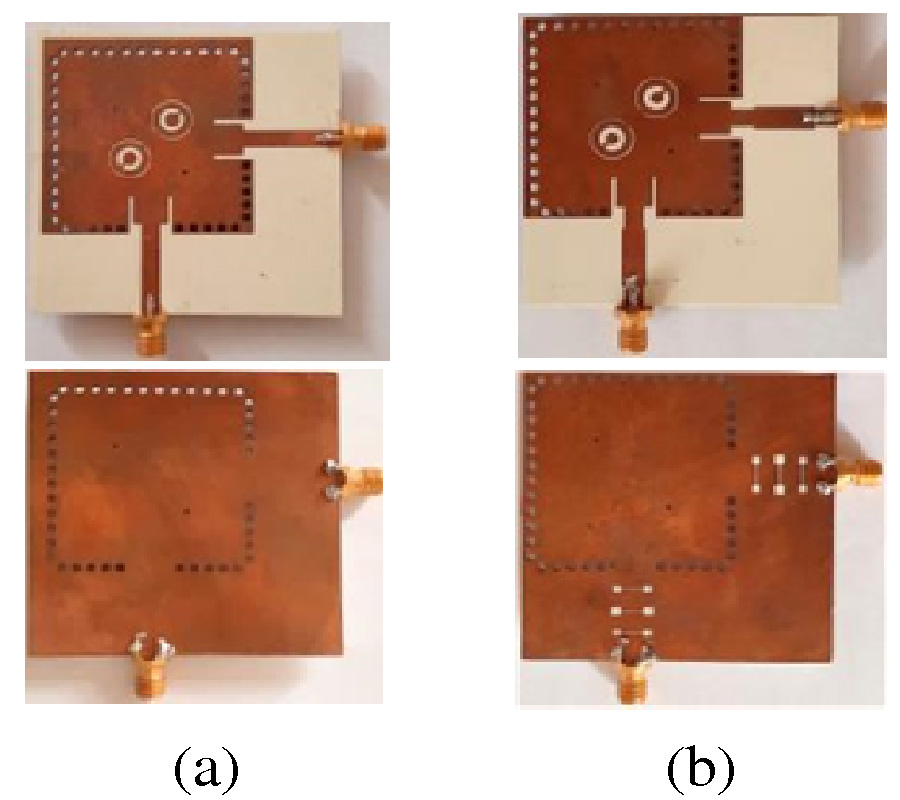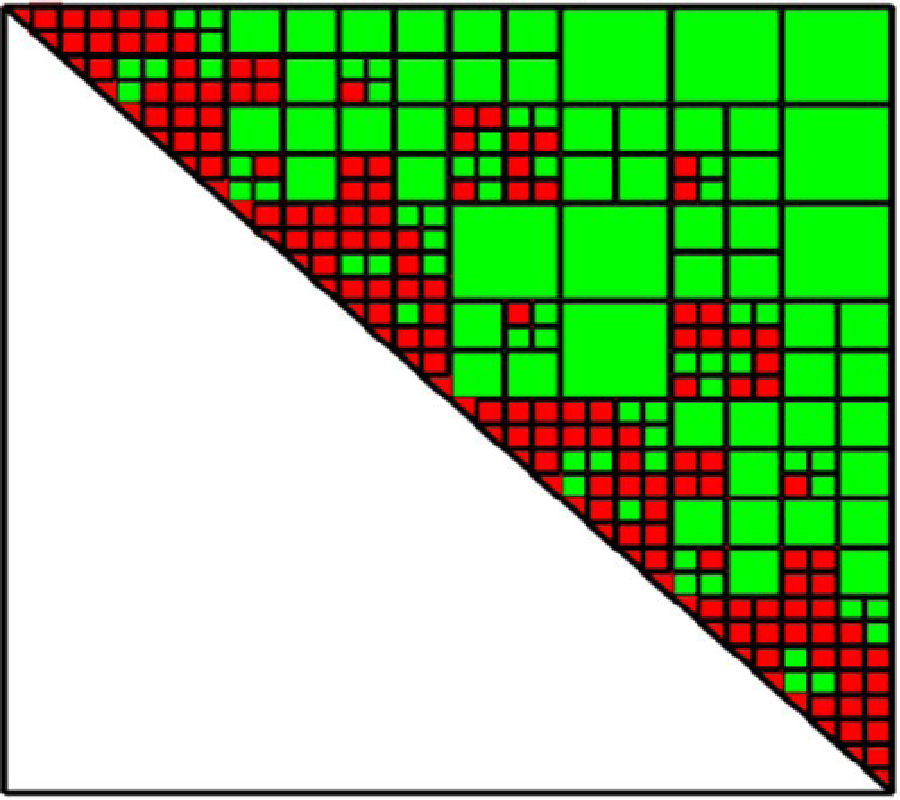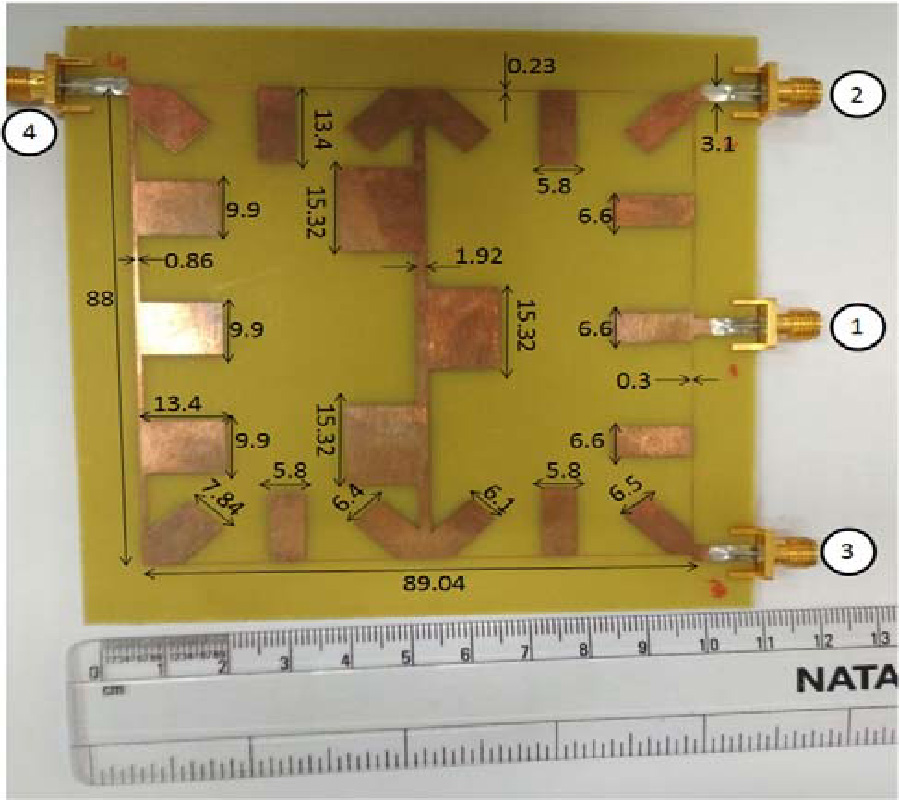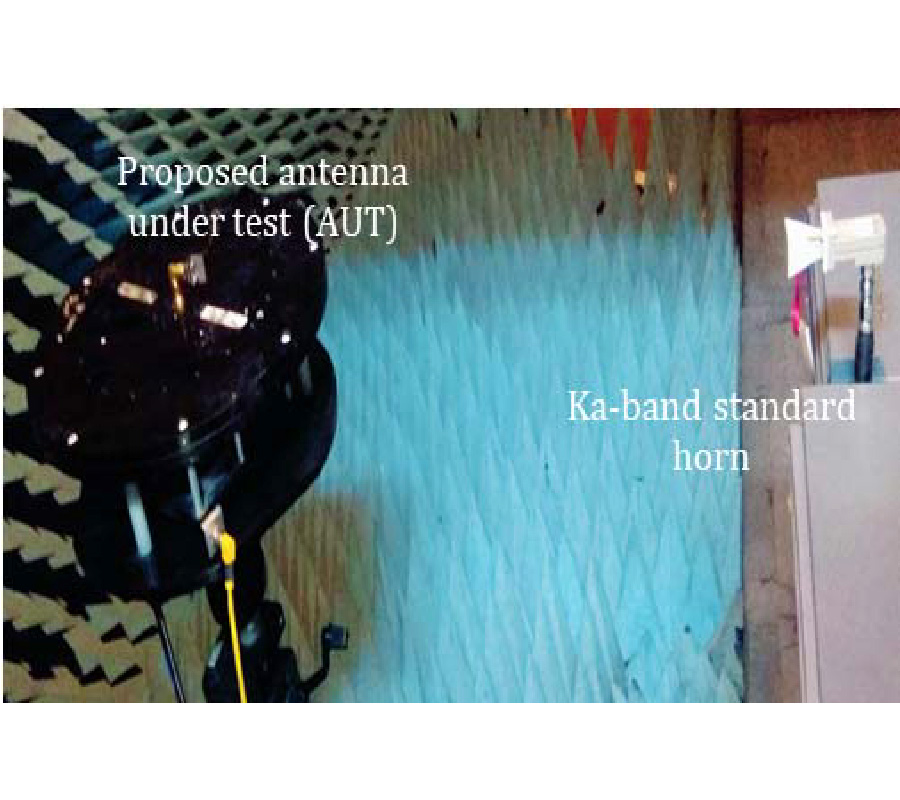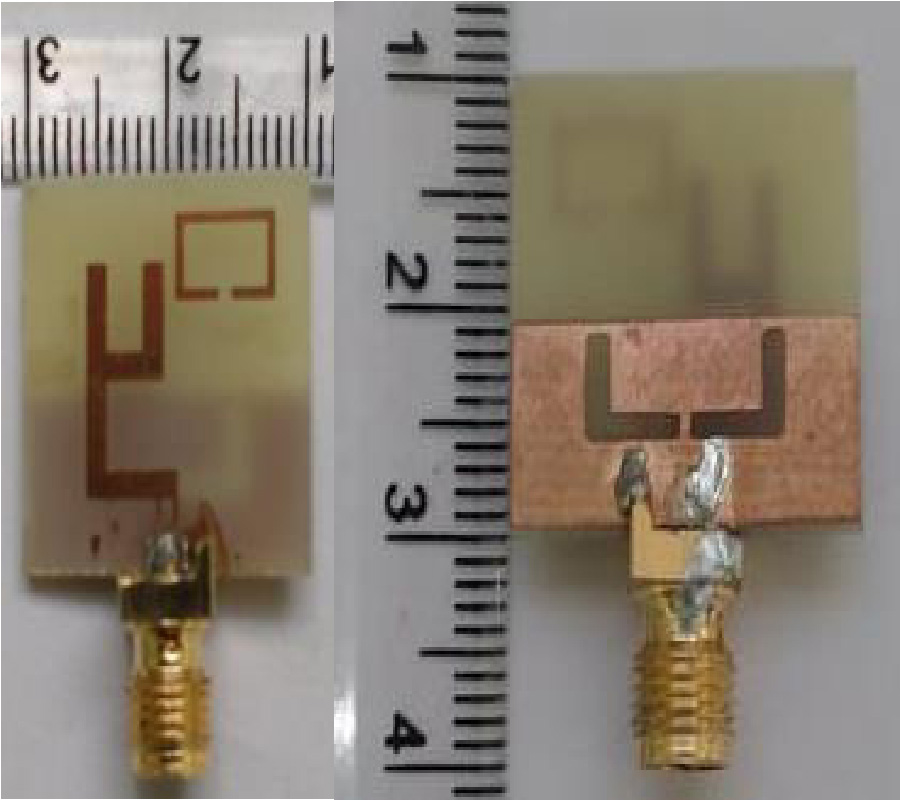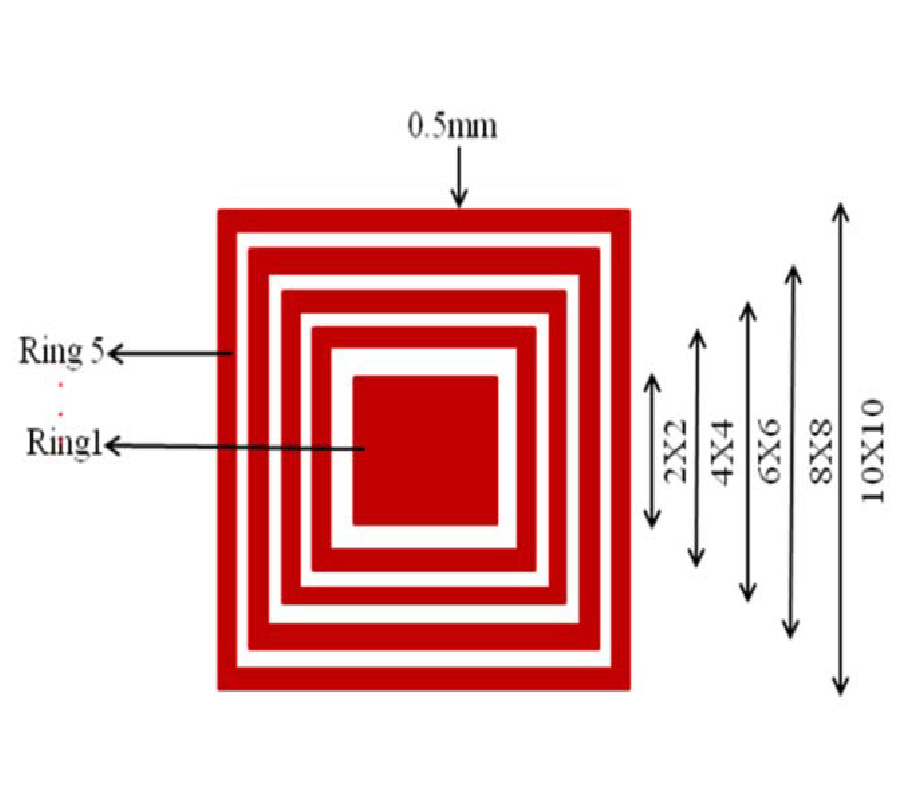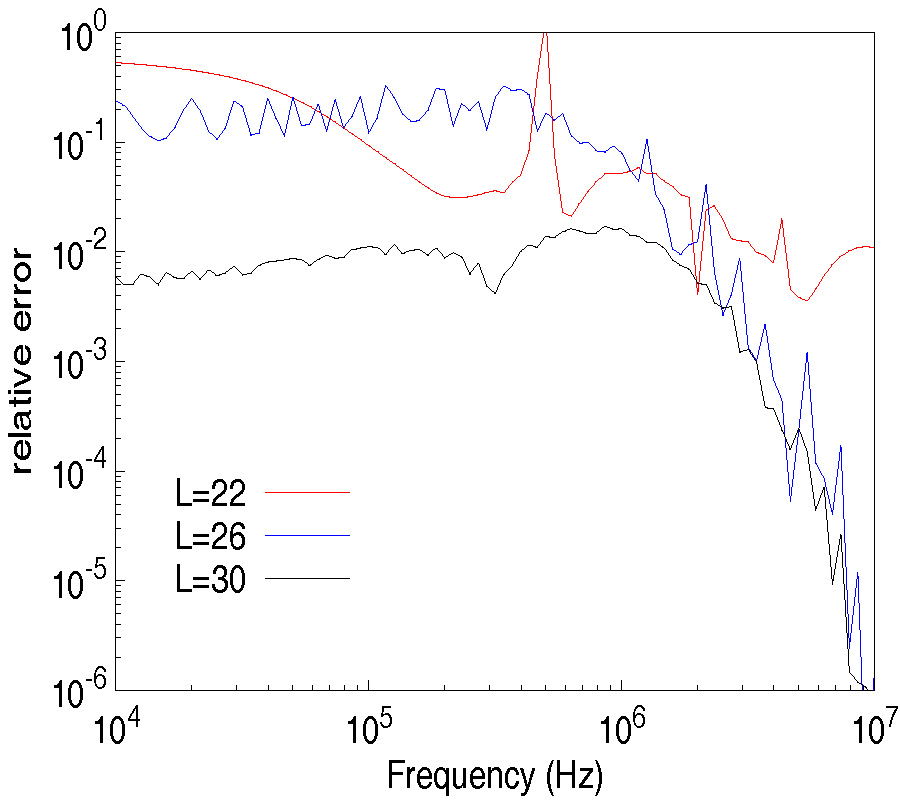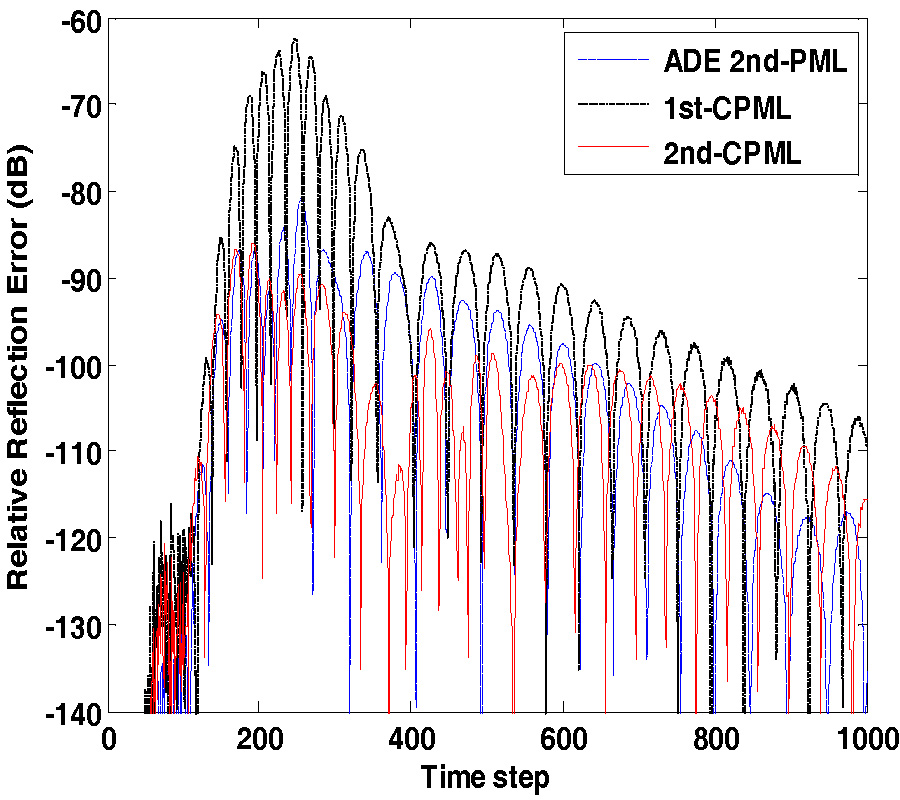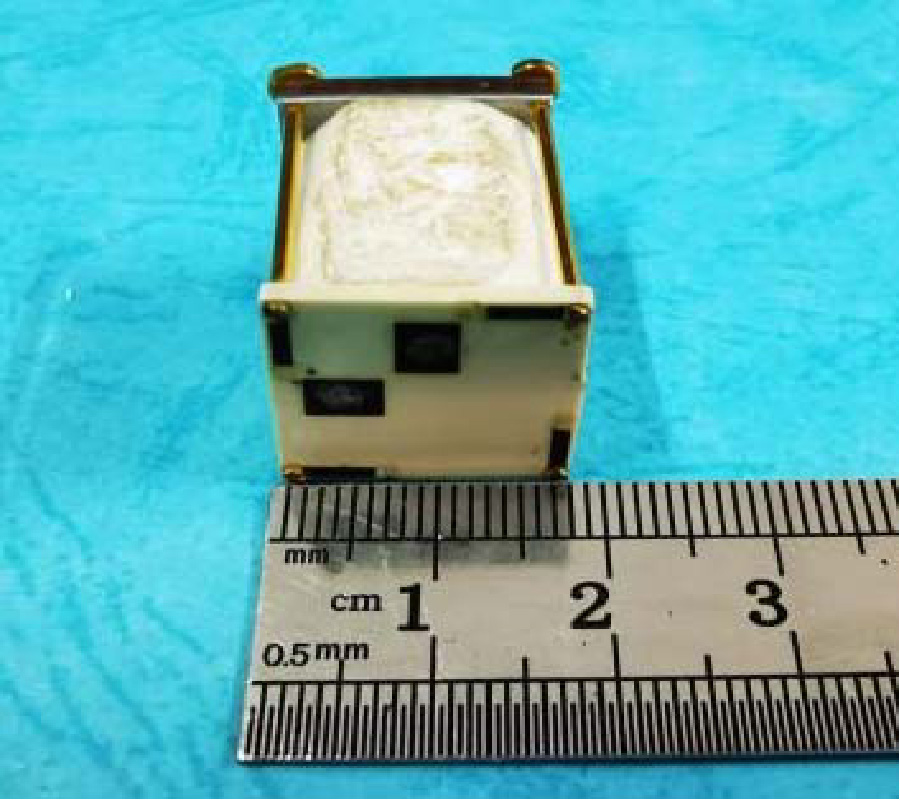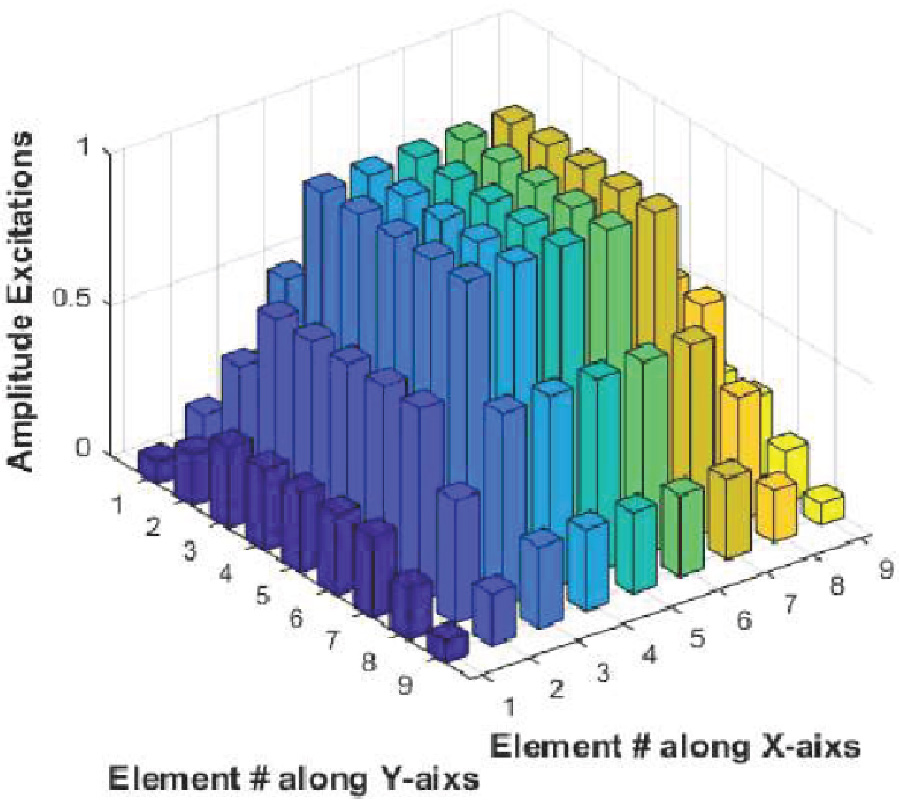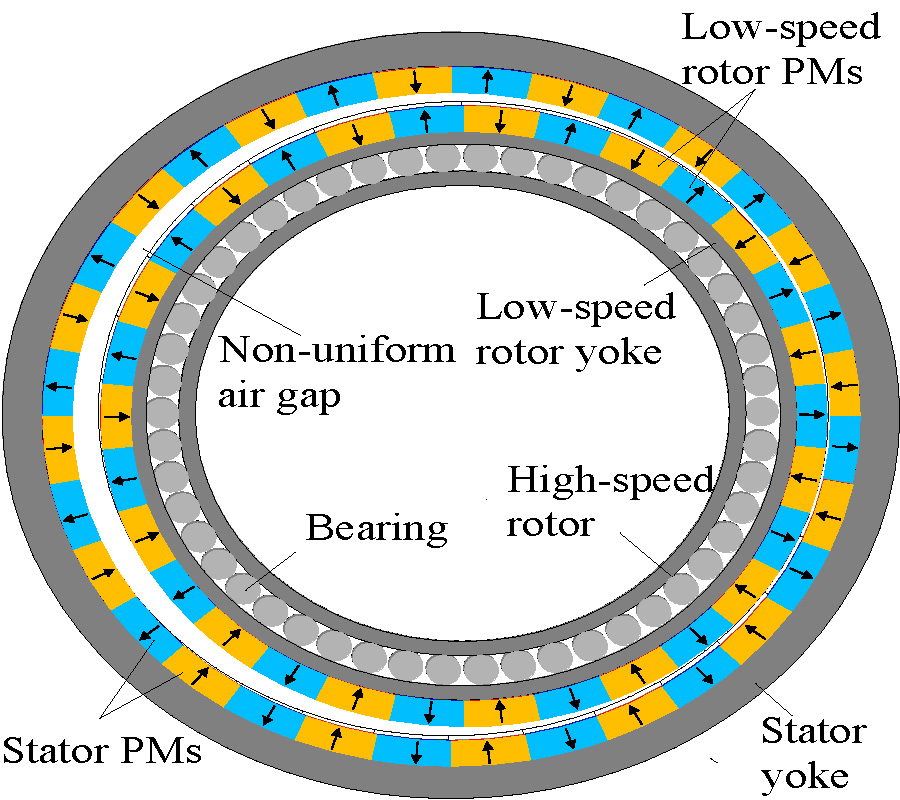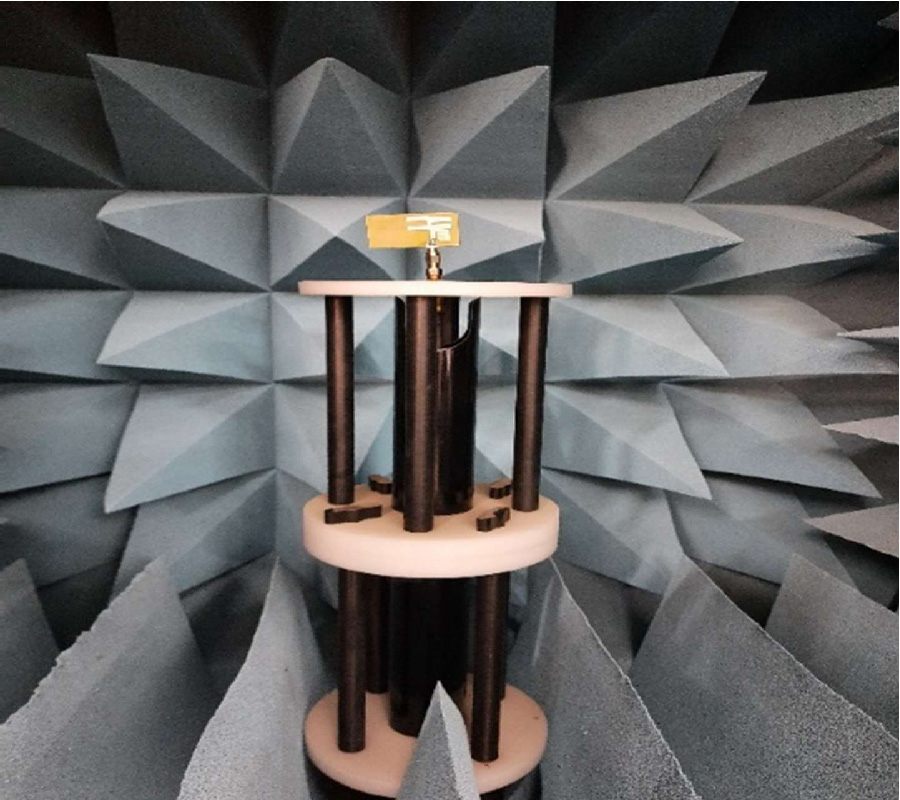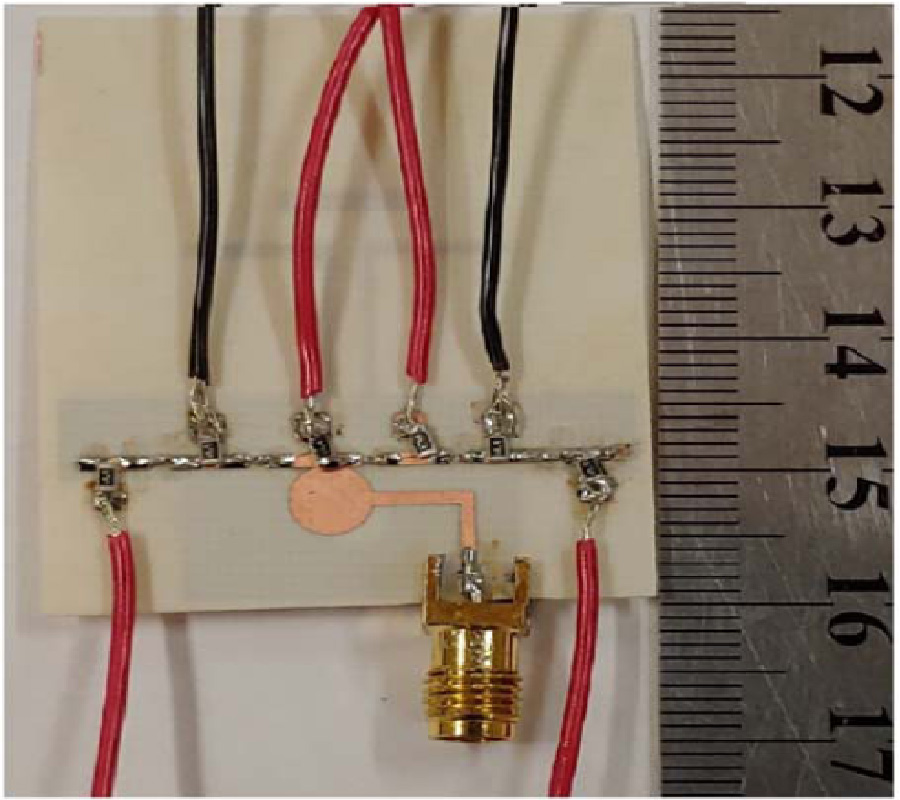2021-03-09 Latest Published
By Ye Tian
Zhiyan Dong
Shuai Liu
Progress In Electromagnetics Research Letters, Vol. 96, 153-161, 2021
Abstract
Affected by multipath propagation as well as the receiving conditions of an actual array, a distributed source model considering array uncertainties/errors is more consistent with the realistic scenarios. In this paper, a new direction finding method for coherently distributed (CD) sources in the presence of array gain-phase errors is proposed. By exploiting partly calibrated uniform linear arrays (ULA), the gain-phase errors are first estimated according to the relationship of elements of array covariance matrix, and then a two-step iterative procedure is introduced to achieve a joint estimation of nominal DOA and angular spread from sparse recovery perspective. Performance analysis and related Cramér-Rao bound (CRB) are also provided. Numerical examples show that the proposed method can provide improved resolution and estimation accuracy, and performs almost independently of gain-phase errors.

